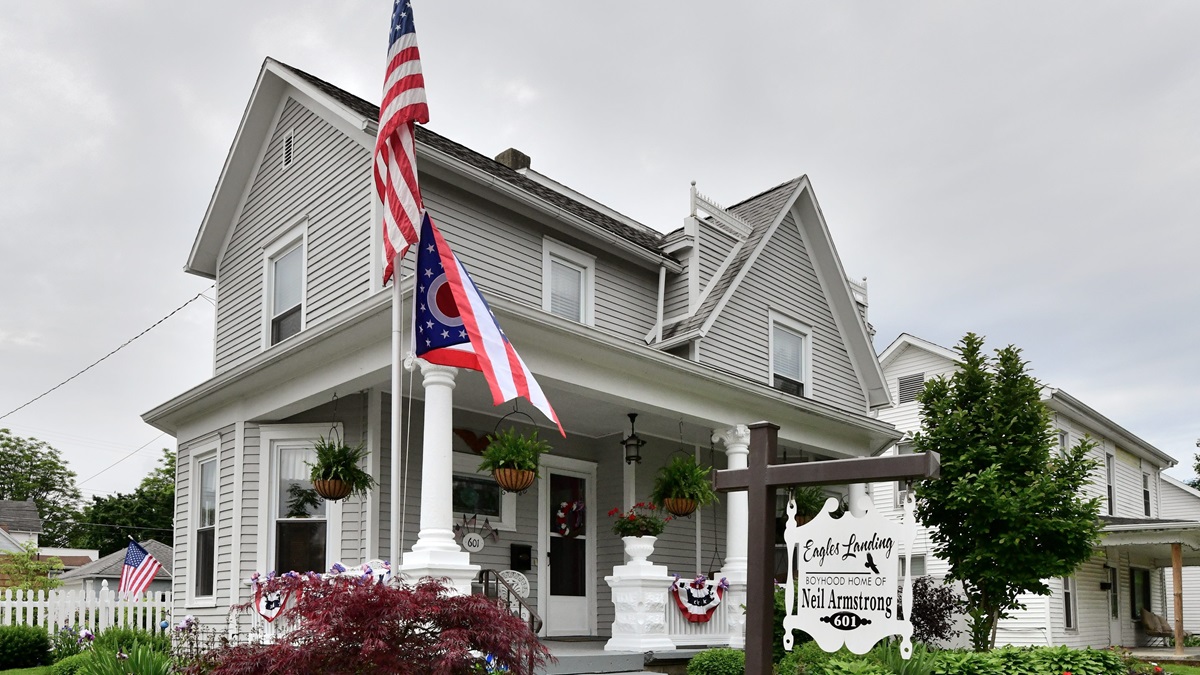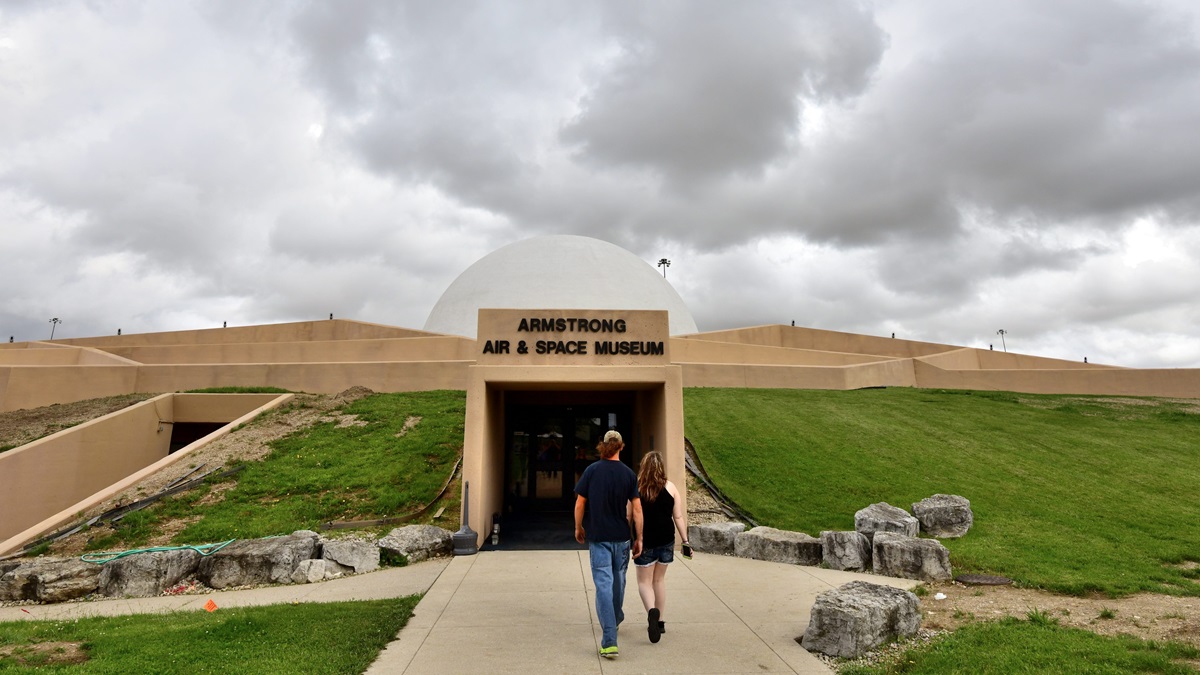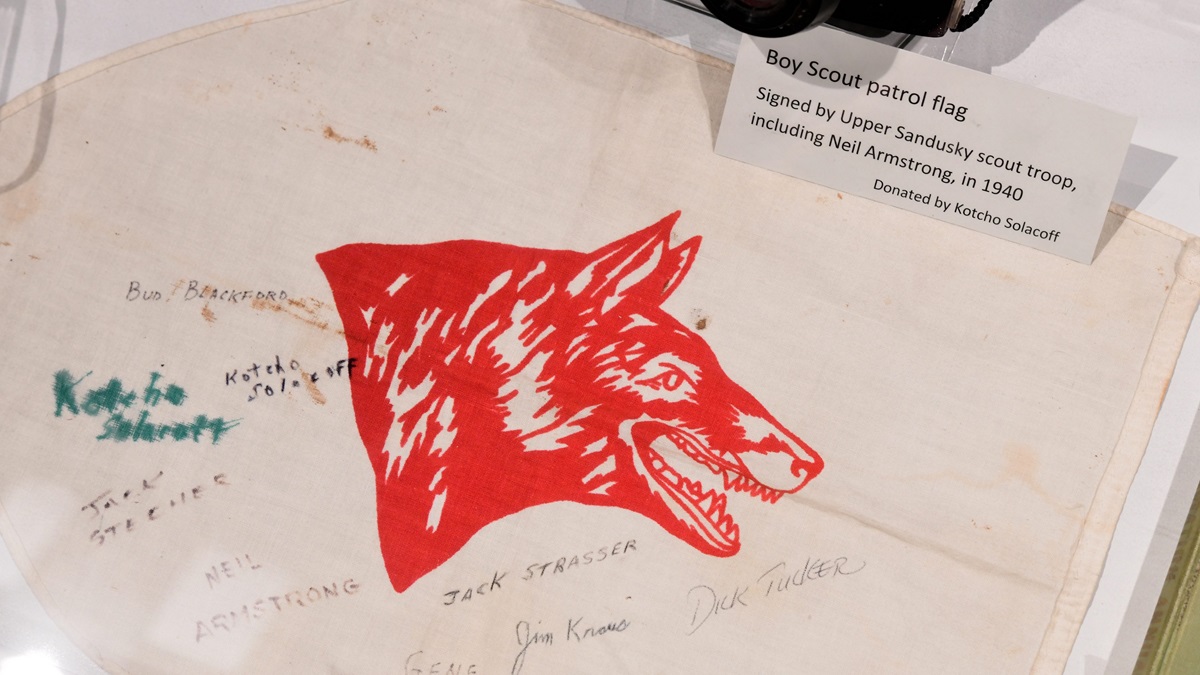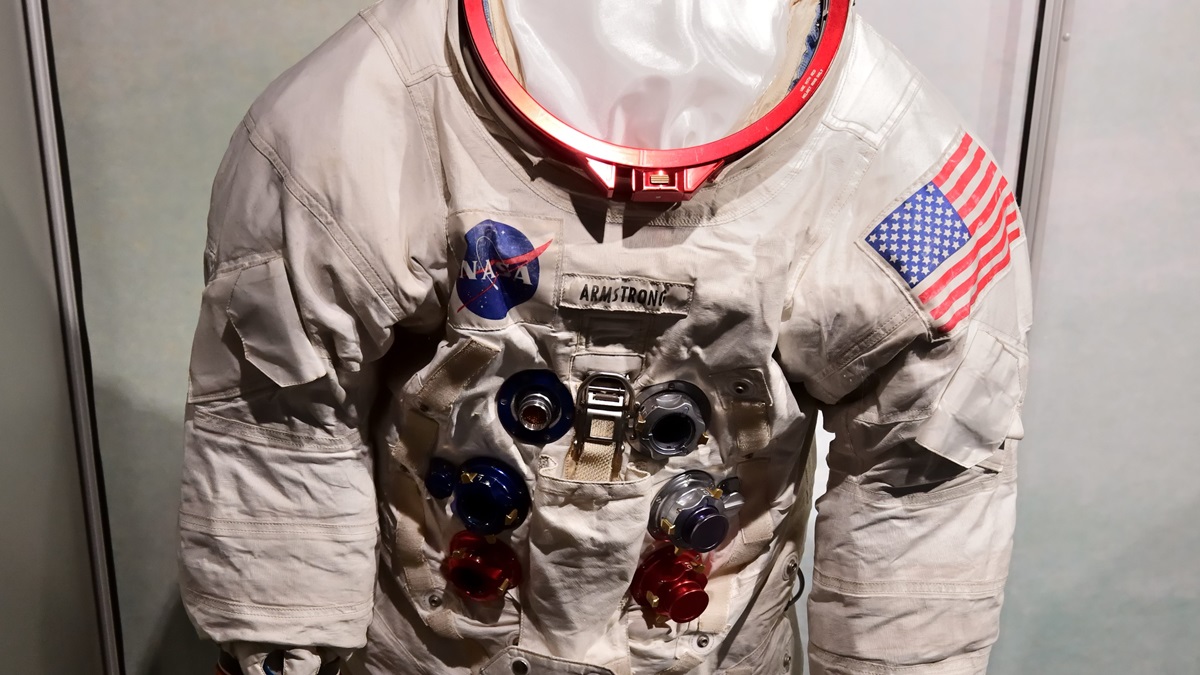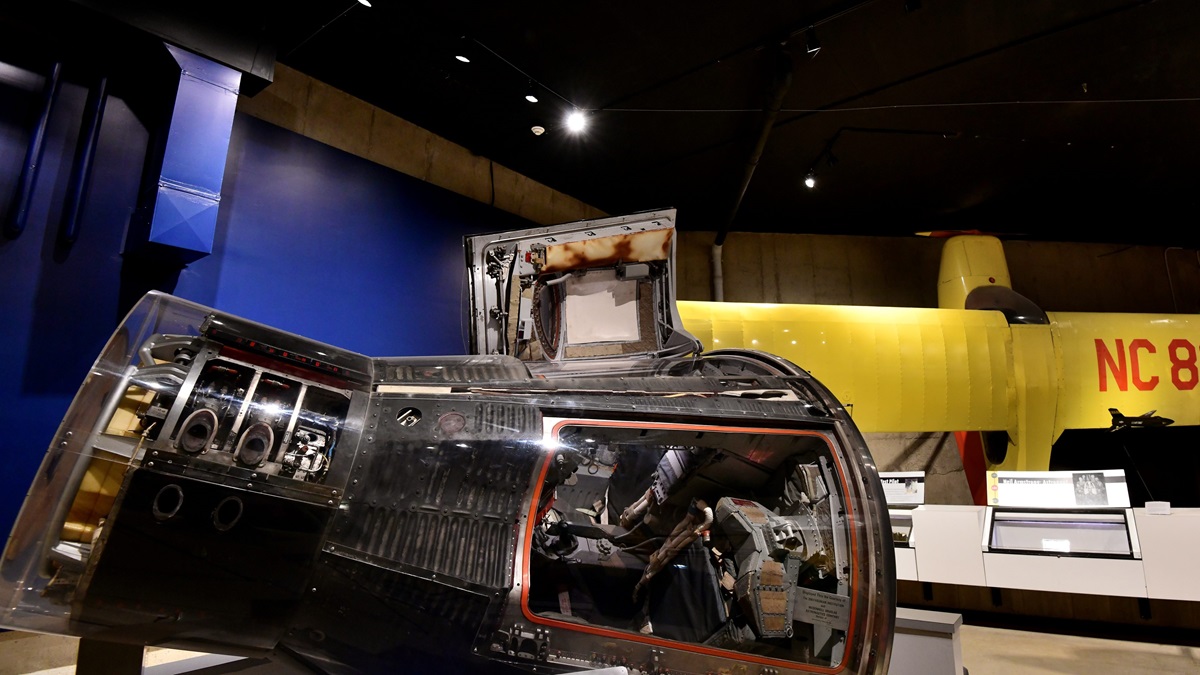Remembering that famous footstep
Neil Armstrong graduated high school, learned to fly in Wapakoneta, Ohio
The year 1969 brought a lot of firsts. The Woodstock Music Festival was held in upstate New York; Richard M. Nixon began his first term as president of the United States—and Neil Alden Armstrong became the first man to step onto the surface of the moon.
Astronauts Armstrong and Buzz Aldrin landed the Apollo 11 lunar module on the moon July 20, 1969, at 20:17 UTC. Armstrong took his famous “One small step for a man, one giant leap for mankind” onto the lunar surface about six hours later on July 21 at 02:56:15 UTC.
Armstrong’s family moved to Wapakoneta in 1944, purchasing a home at 601 West Benton Street. Armstrong attended Blume High School, where he graduated in 1947, then studied aeronautical engineering at Purdue University—where his education was interrupted by a call to duty as a U.S. Navy pilot. After flying 78 combat missions in the Korean War, he served until 1952, completing his degree at Purdue in 1955. He entered the NASA astronaut program in 1962 and commanded the Gemini 8 mission in 1966, before his selection to command the Apollo 11 mission.
Wapakoneta has always revered Armstrong. The Armstrong Air and Space Museum opened there in 1972 in a unique structure meant to resemble a future moon base—only three years after the lunar landing. And the Run to the Moon foot race has long been a staple, offering five-kilometer and 10-kilometer courses as well as a one-mile run. This year’s race will be on July 20, marking the fiftieth anniversary of the lunar landing. It’s part of the Summer Moon Festival, July 19 through 21 at the Armstrong Air Space Museum and throughout Wapakoneta. A number of NASA astronauts—all from Ohio—are scheduled to appear throughout the weekend, including Donald Thomas, Gregory H. Johnson, Robert Springer, Michael Good, and Sunita Williams.
But there are historic sights to see in Wapakoneta year round. The museum is well worth a visit, and while the home where Armstrong lived on Benton Street is a private residence, it can be seen from the sidewalk—look for the historic marker.

Karen Tullis bought the house in December 1988, not realizing at the time it had been the Armstrong family’s. It was the first house of 26 that the career educator—who taught seventh-grade Ohio history and served as a principal—had looked at, and was her favorite.
A teacher she worked with told her that Armstrong had lived there. “I said, ‘Yeah, sure, Barb.’” But the coworker told her, “Neil and I went to the prom, but we had to walk. He could fly an airplane but he couldn’t drive a car.”
Armstrong learned to fly in an Aeronca Champ at Port Koneta Airport, which was located north of Wapakoneta, but the facility closed in the 1960s. The aircraft is preserved in the Armstrong Air and Space Museum—displayed vertically, along a wall, because there wasn’t space to orient it traditionally. Today Neil Armstrong Airport, about 10 miles southwest of Wapakoneta, is named for him but is not where Armstrong learned to fly.
“It’s been a pleasure to have this house,” Tullis said. “Not just because Neil lived here, but to help preserve history.” Armstrong and his brother shared the bedroom at the top of the stairs; she uses it as an office and displays space and Armstrong memorabilia. “My ultimate goal is to preserve it much as it was like when they were here.”
A number of other astronauts have visited the house, she added. “Buzz Aldrin was here a couple years ago and started to cry. He said, ‘Nobody ever did this for me.’” Although sad that Armstrong never was able to visit his former home, she expects more astronauts to visit during this anniversary year.
The course of the annual Moon Run passes her home, which will host a private event that day. Dessert might be Armstrong’s favorite: brownies with Graeter’s raspberry chocolate chip ice cream from a regional ice cream company based in Cincinnati.
Areas of Wapakoneta haven’t changed much in appearance from Armstrong’s time in the town. In addition to the museum, other sites to see are Blume High School, at 407 S. Blackhoof Street, and the timeless Wapa Theatre, at 15 Willipie Street, where he and his classmates would have watched movies. The Armstrong family attended St. Paul United Church of Christ, at 101 Perry Street.
Other than his trips into space, Armstrong didn’t stray far from his Ohio roots. In 1971 he became a professor of aeronautical engineering at the University of Cincinnati. He died in Cincinnati on Aug. 25, 2012, at age 82 of complications from heart surgery.

